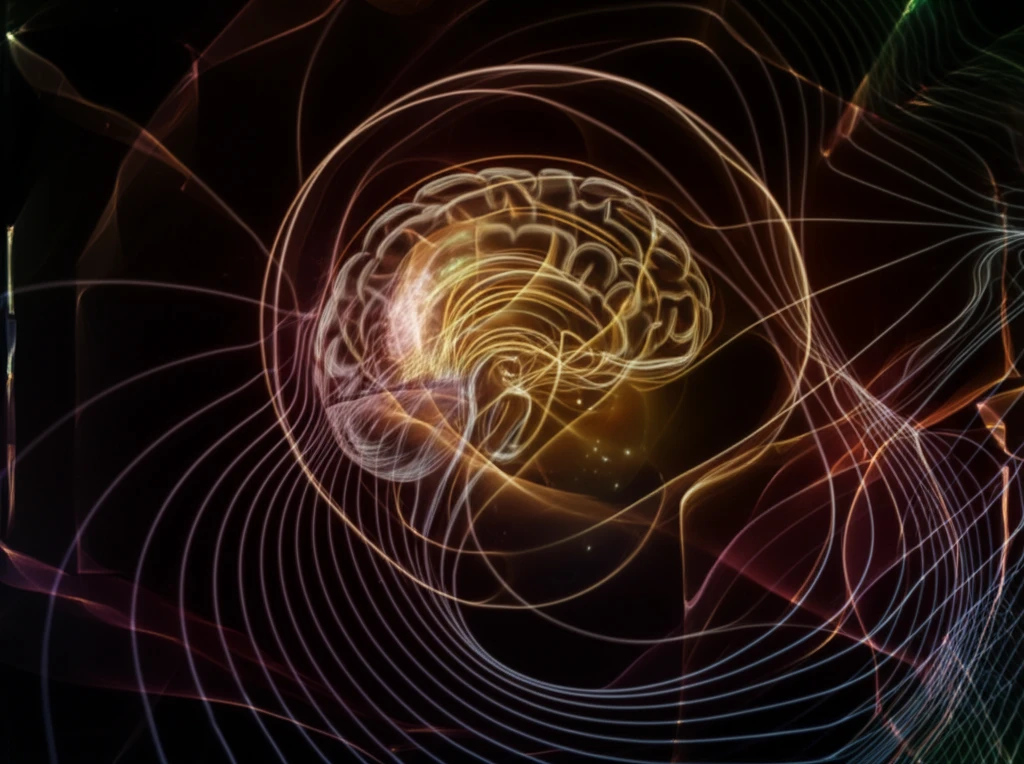
Motion and Perception: How Your Brain Interprets Movement
"Uncover the fascinating link between curvature coding and motion direction to understand how your brain processes visual motion."
Our perception of the world relies heavily on two key visual processes: shape recognition and motion detection. For a long time, scientists believed these were handled by separate pathways in the brain—shape primarily through the ventral stream and motion via the dorsal stream. However, mounting evidence suggests that these processes are far more interconnected than previously thought.
Neurophysiological studies, for instance, have revealed that neurons in areas V4 and IT (both ventral stream regions) respond to shapes defined solely by the coherent motion of random dots. Additionally, anatomical studies have demonstrated strong connections between the motion-sensitive dorsal area MT and the contour/shape-sensitive ventral area V4, painting a picture of constant communication and integration.
This article delves into a specific aspect of this interaction: how curvature, a fundamental element of shape, is encoded in relation to motion direction. By examining the motion direction tuning of curvature processing, we can better understand the mechanisms that allow us to perceive and interact with a dynamic environment.
What is Curvature Coding?

Curvature coding refers to the way our brains process and interpret curves and contours within visual stimuli. It's a critical aspect of shape recognition, allowing us to differentiate between objects and understand their forms. Researchers have long been intrigued by how the brain achieves this, particularly in the context of movement.
- Are curvature-encoding mechanisms selective for global motion direction (the overall direction of a shape)?
- Are these mechanisms sensitive to shape temporal frequency (the rate at which the shape changes over time)?
- How do luminance properties, such as spatial frequency (the fineness of detail) and temporal frequency (the rate at which luminance changes), affect the interaction between motion and curvature?
- Do local motion cues (motion of individual components within a shape) play a role in curvature coding?
Key Findings and Implications
The experiments revealed several key findings: Global Motion Selectivity: Both SFAEs and SAAEs exhibited selectivity for global motion direction, meaning the after-effects were stronger when adaptor and test contours moved in the same direction. Temporal Frequency Dependence: For the same-motion-direction condition, both after-effects increased with shape temporal frequency. Luminance Influence: Luminance temporal frequency partially explained the increase in after-effect magnitude with shape temporal frequency. Lack of Local Motion Selectivity: Local motion after-effects did not show selectivity for motion direction. These results suggest that curvature is encoded by mechanisms that are selective for motion direction, and that this directional selectivity is most apparent when the stimulus provides sufficient spatio-temporal coverage. In simpler terms, when your brain has enough visual information over a short period, it can better determine the direction in which a curve is moving.
